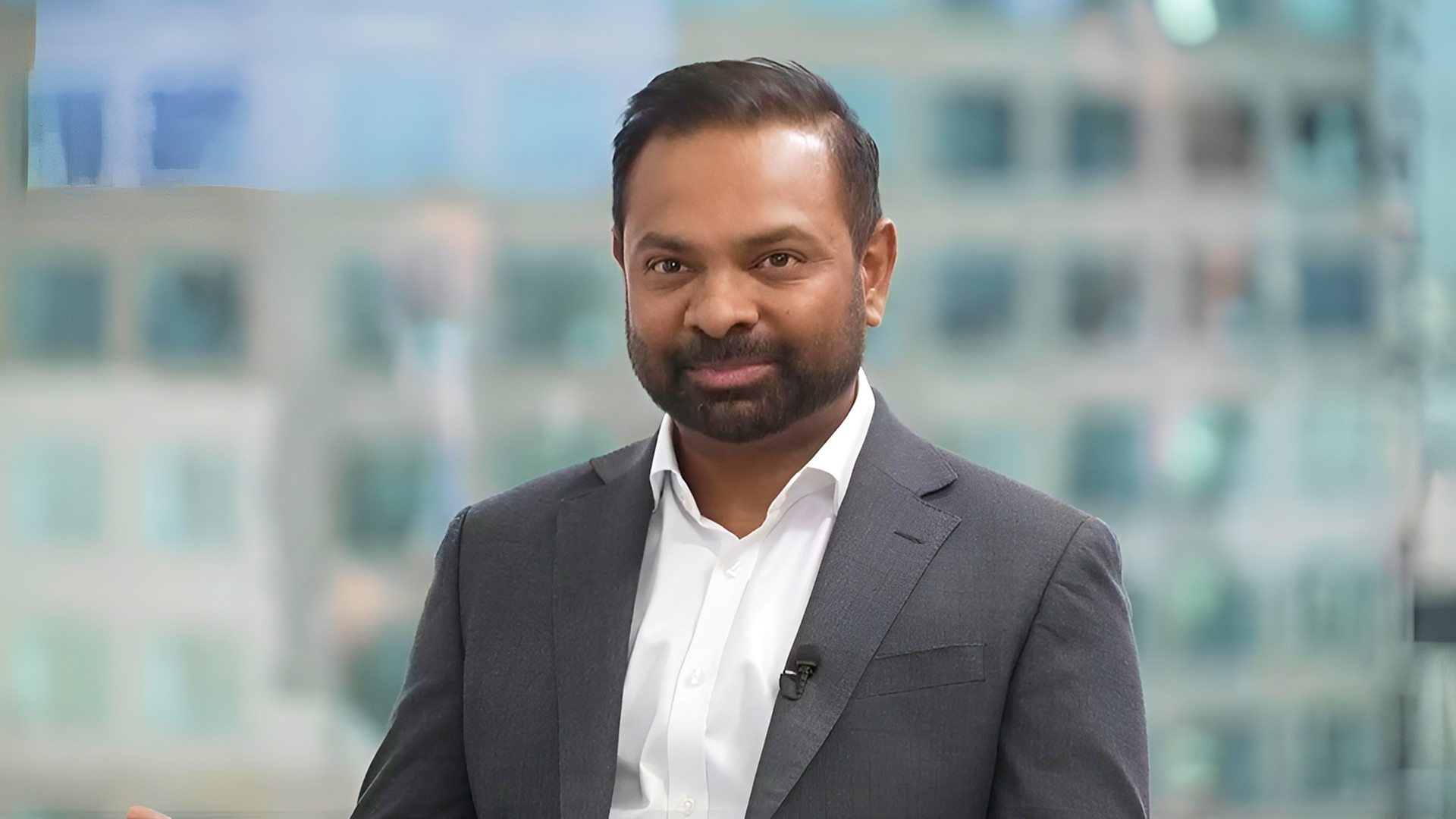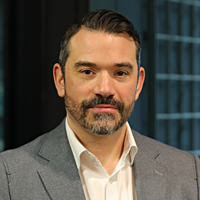"Simple and boring" but incredibly important right now - don't overlook this asset class
Please note, this interview was filmed Wednesday 19 March 2025
The financial world can change dramatically in a short space of time. When I last spoke to Janus Henderson’s Head of Australian Fixed Interest, Jay Sivapalan, in August last year, central banks were still firmly in the inflation fight, trying to engineer an economic slowdown.
Today, those same central banks are cutting rates, trying to ensure the slowdown isn’t too pronounced, while government policies around the world - but particularly in the US - are pulling in the opposite direction and adding inflation back in.
So, what happens when an immovable object meets an irresistible force? We’re likely to find out over coming months, and the epicentre of that battle will be felt first and foremost in bond markets before rippling out to other asset classes.
To help make sense of it all, I revisited the conversation with Sivapalan, comparing and contrasting the discussion from eight months ago. What’s changed, what’s stayed the same – and how is Sivapalan investing right now?
Below is a summary of the key part of the conversation but, for the full experience, be sure to watch the video.
Key themes
According to Sivapalan, three major themes are shaping fixed income markets today:
- Geopolitical tensions: "Markets really have to take a back seat," Sivapalan notes, emphasising that geopolitical developments are reshaping economic policies and market dynamics.
- The impact of tightening policies: The effects of previous interest rate hikes are still playing out, particularly through defaults in small to medium enterprises.
- Government spending: While consumer spending remains weak, large-scale government expenditures - especially in job creation and infrastructure - are offsetting some of the economic slowdown.
A new economic cycle: What’s changed and what hasn’t
While inflation has come down significantly due to past monetary policy actions, structural inflation remains a challenge.
"Policy is now going in reverse and trying to really aim to reinvigorate economic growth and activity," Sivapalan said.
However, he points out that the focus on geopolitics is now much stronger than before.
"We can't assume as investors that the U.S. remains a global peacekeeper," he cautions, explaining that the U.S. is now prioritising domestic interests over global trade. Using defence spending as an example, he illustrated how the U.S. is reshaping supply chains and industries to ensure self-sufficiency.
Labour market resilience
Despite expectations for labour market softening, unemployment has remained relatively stable. Sivapalan highlighted regional differences, noting that Europe has faced more economic weakness due to exposure to China, while Australia’s labour market has been buoyed by public sector jobs.
"If you look at the private sector alone and the private component, it's been much weaker," he explains, adding that confidence in both business and consumer sectors remains crucial.
Portfolio adjustments: staying defensive yet opportunistic
Reflecting on his earlier advice for investors to "get focused, active, and get portfolio positions in shape," Sivapalan details how his team has adjusted their portfolio strategy:
- Credit quality: They have increased holdings in defensive industries such as seaports, regulated utilities, and lowly geared REITs.
- Avoiding risky sectors: They steered clear of high-risk consumer cyclical and highly leveraged sectors.
- Credit protection: "We've bought quite a lot of credit protection through the CDS market at very cheap levels," Sivapalan revealed, highlighting their largest credit protection position in years.
- Liquidity focus: "Feed the ducks when they’re quacking," he said, describing their approach of taking profits on less liquid parts of the portfolio.

Underestimated risks and emerging opportunities
Sivapalan believes investors may be underestimating how much government policies have changed. He warned that "structural inflation remains elevated for years to come" due to defence spending, supply chain restructuring, and the energy transition. Consequently, he expects the cost of capital to remain high.
For investors, he sees fixed interest as an increasingly attractive option.
"Simple, boring defensive asset classes like fixed interest have come to the fore again," he said, noting that bond yields are now providing a compelling alternative to growth assets.
Final takeaway
Sivapalan emphasises the importance of active management and adaptability in a world of shifting economic forces.
With central banks reversing course and governments driving inflation through spending, he remains focused on defensive positioning, strategic yield curve plays, and maintaining liquidity.


3 topics
1 fund mentioned
1 contributor mentioned
